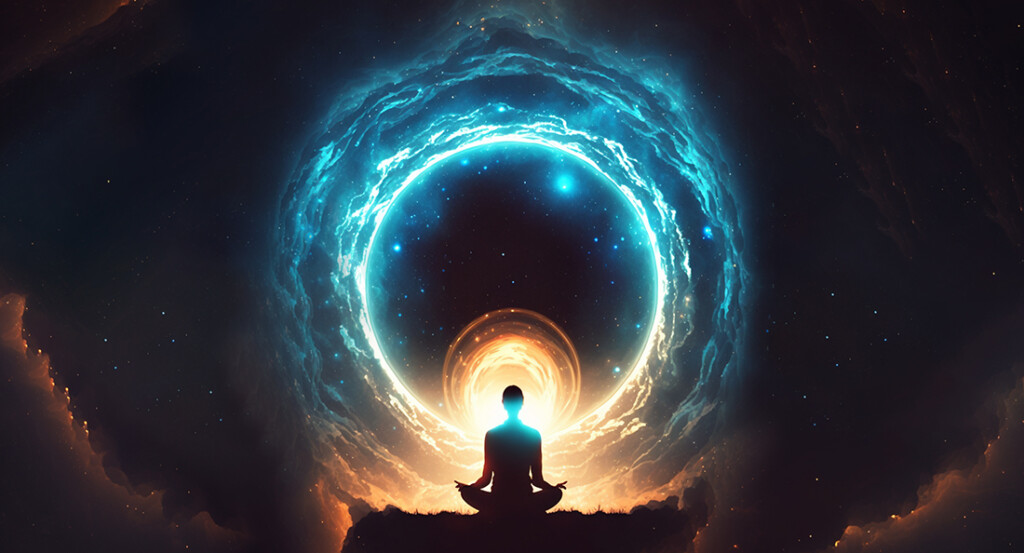A Guide to Understanding 7 Chakras
(Based on the live discourse of Param Dwij)
(परम द्विज के प्रवचन पर आधारित)
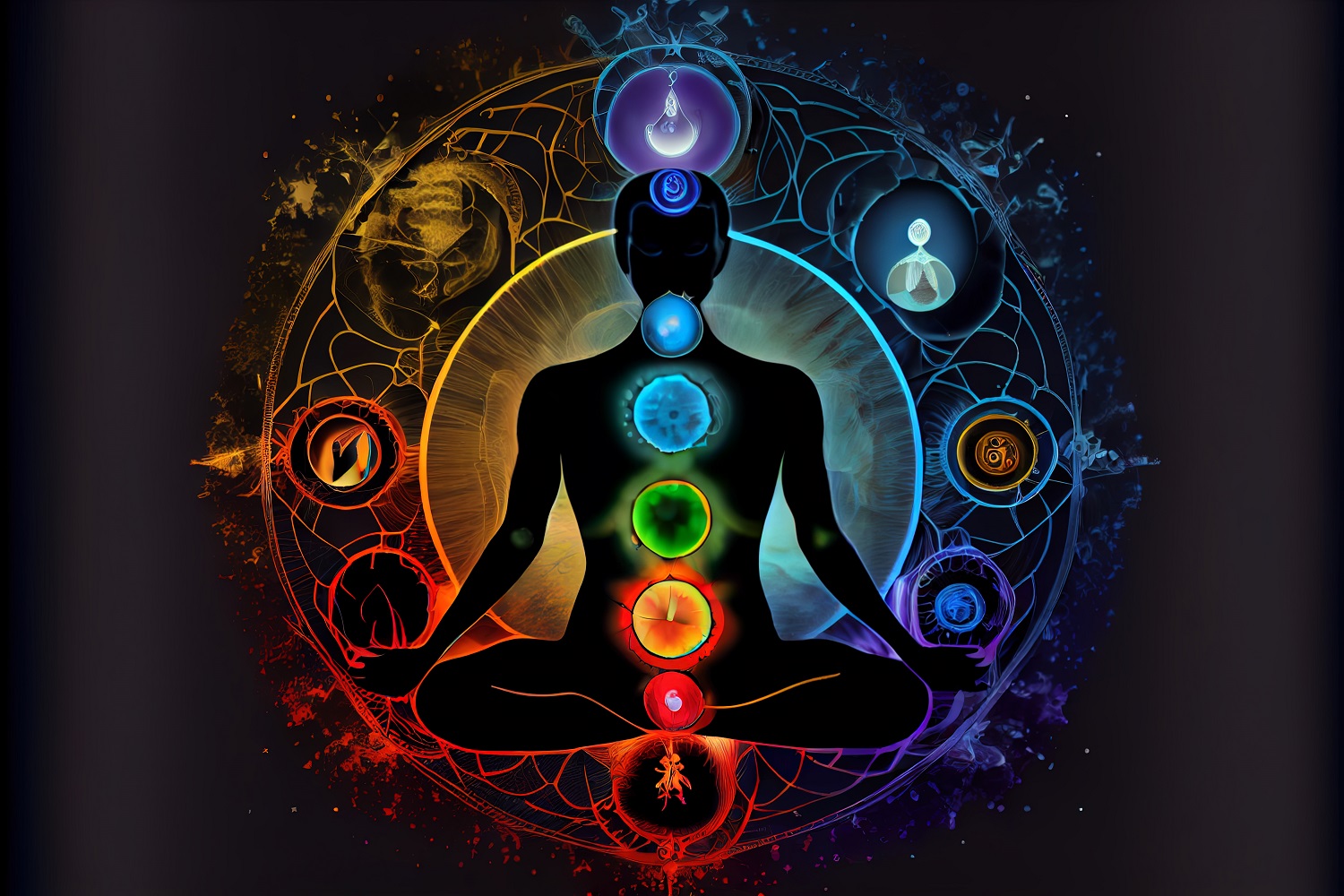
Many people are familiar with the advantages of a balanced diet, but what about balanced energy? If one has attended a yoga class or looked into healing crystals, one may have heard of the seven chakras and their influence on the body’s energetic function. However, they can find answers here if they still need to figure out the meaning of chakras or how they impact physical and emotional well-being. Nowadays, one can learn about the seven chakras and chakra alignment via meditation, yoga and several other ways. However, before one can unblock their chakras and experience their full power, they should understand the fundamentals. Here’s what you should know about your seven chakras.
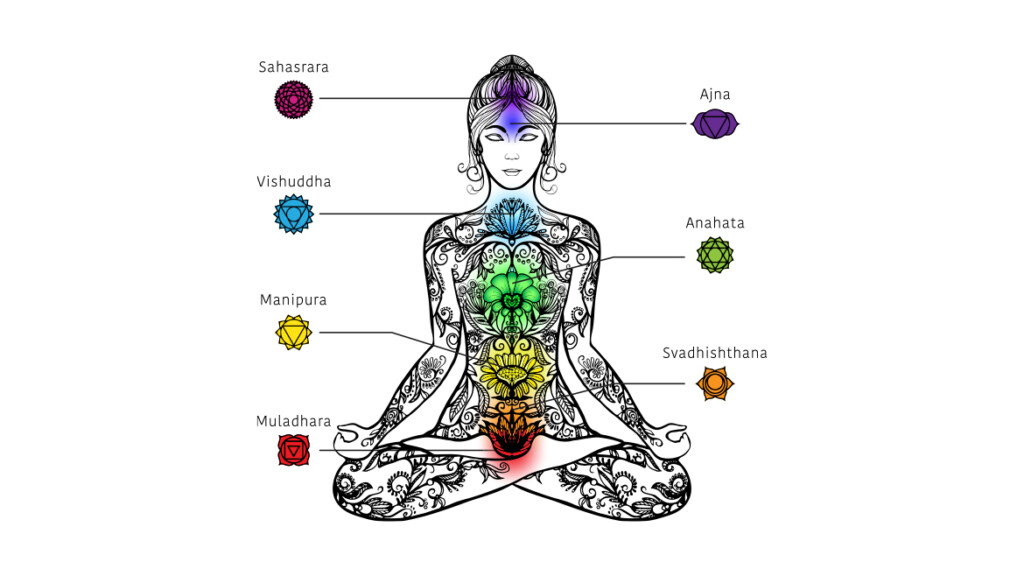
The human body contains seven energy centres known collectively as chakras. These chakras are located within the astral body and run along the spine, from the base to the crown of the head. The astral body is an energetic body that exists within our physical body. Even though each physical body part corresponds to an astral body part, chakras are not visible to the naked eye.
Each chakra emits a unique colour and energy, corresponding to a physical gland. Because each chakra is associated with different spiritual, emotional, mental, and physical aspects of well-being, any blockage or malfunction in these energy centres can result in physical, emotional, or psychological problems. Conscious awareness and harmonisation of these energy centres, on the other hand, can result in overall well-being and good health.
Yoga stimulates and balances these chakras, or energy centres, in the body through asana practice.
Chakras are believed to be spinning disks of energy corresponding to bundles of nerves, major organs, and areas of our energetic body that affect our emotional and physical well-being. In total, there are 114 different chakras, but most people focus on the seven main chakras in the central line of the spine. Each of these seven chakras has a name, number, colour, specific location on the spine, and health focus. By keeping these chakras open and aligned, we can maintain balance and improve our overall well-being.
1. Muladhara – Root Chakra
The root chakra is situated at the bottom of the spine and represents the core foundation, security, and survival instinct, which is associated with the colour red and governs our connection to the physical world. Harmonising and balancing this chakra offer stability, grounding, and a feeling of being anchored in this life. Getting engaged in practices like Yogas, meditations, barefoot walking on the earth and focusing on the breath can offer in balancing the Root Chaka
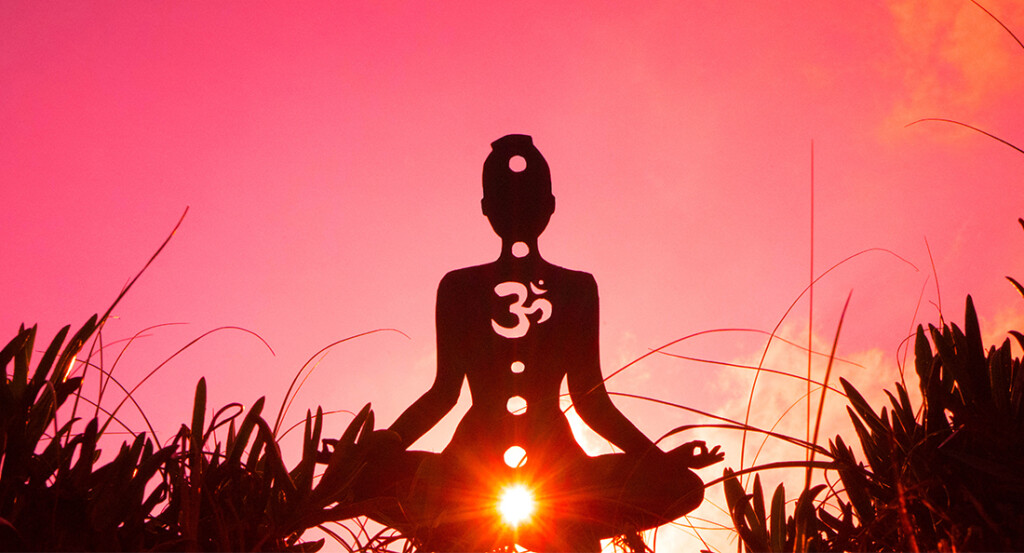
2. Svadhisthana – Sacral Chakra
Svadhisthana (Sacral Chakra) is in the lower abdomen and is linked to our emotions, creativity, and sensuality. Its colour is orange which symbolises passion and vitality. Suppose the sacral chakra is balanced and centralised. In that case, it fosters healthy emotional expression, creativity, and the ability to form intimate connections that engage one in artistic pursuits, practising mindfulness and exploring sensual experiences.
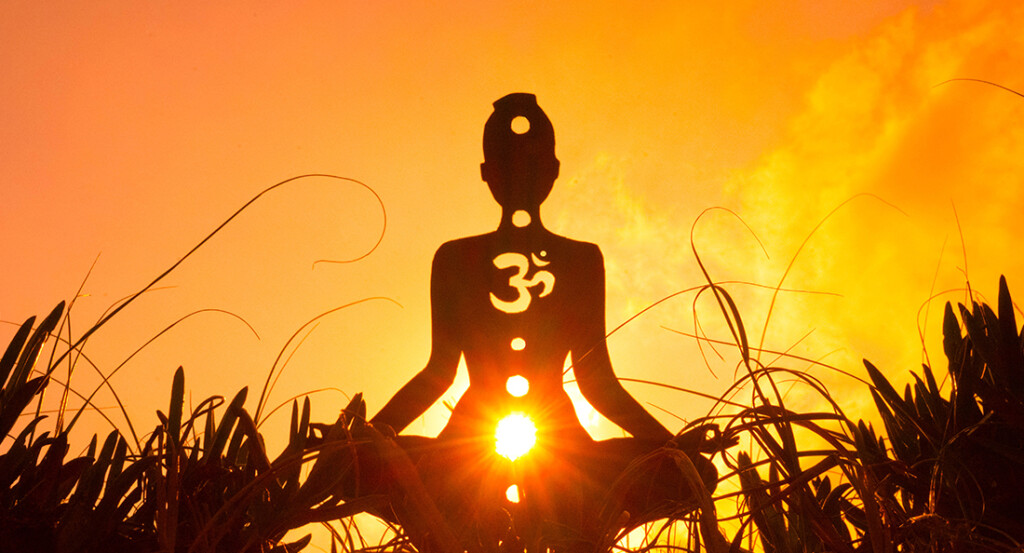
3. Manipura – Solar Plexus Chakra
Manipura, or the Solar Chakra, is located above the naval and governs our self-respect, confidence, human ability, and capacity. Its colour is yellow, reflecting the energy of transformation and empowerment. The colour associated with the Manipura chakra is yellow, representing transformation and empowerment. A balanced and harmonious Solar allows people to set and achieve goals, make decisions with clarity and well-informed, and exude radiant confidence by incorporating exercises that strengthen the core, practising meditation as a daily routine and utilising self-affirmation.
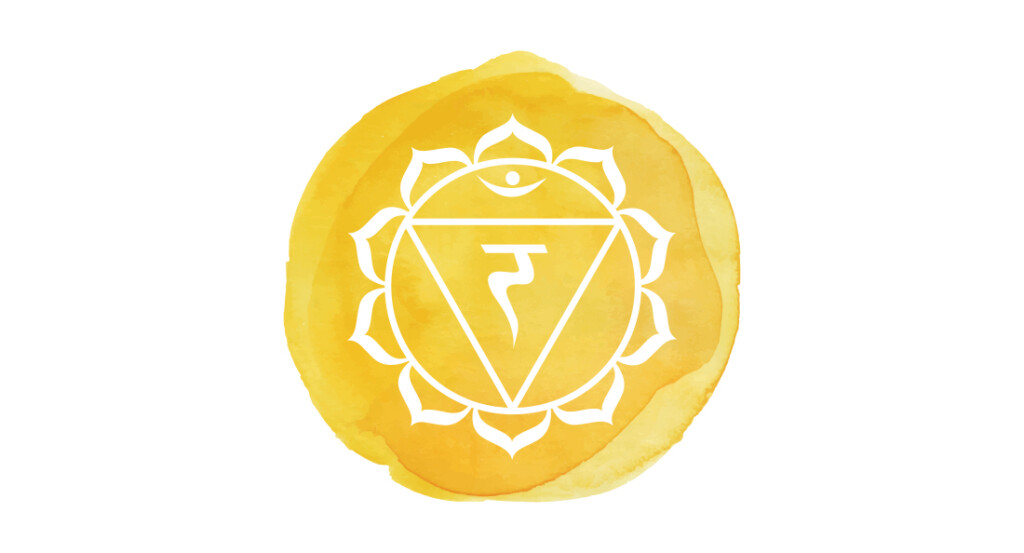
4. Anahata – Heart Chakra
The Heart Chakra is in the centre of the chest and embodies love, compassion, and emotional healing. Its green colour signifies harmony and balance. Achieving balance in this chakra leads to an authentic passion for the self and others, promoting emotional well-being and healthy relationships. Performing acts of kindness, practising forgiveness, and engaging in heart-opening yoga poses are highly recommended to activate and balance the Heart Chakra.
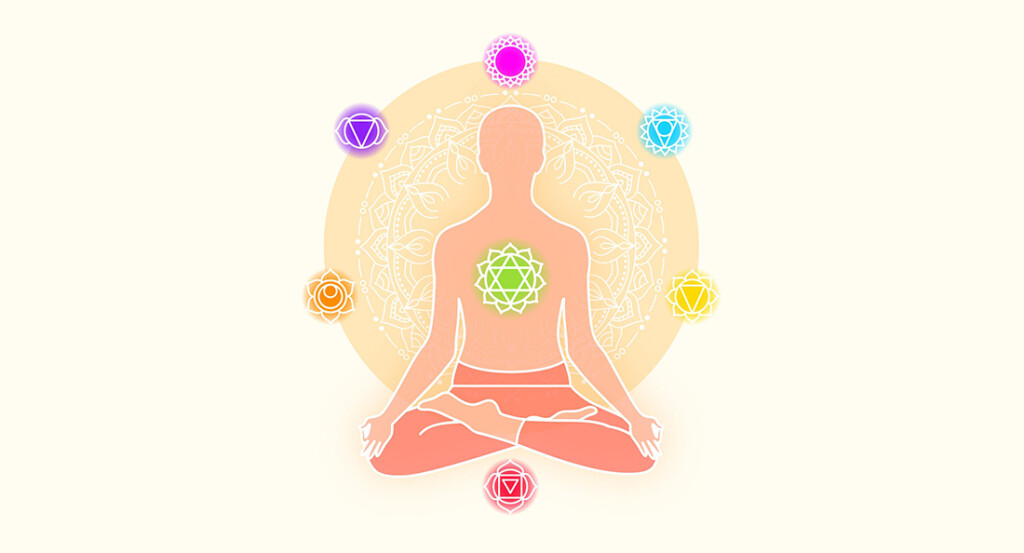
5. Vishuddha – Throat Chakra
Vishuddha is situated in the throat area and is linked with communicating effectively, expressing oneself authentically, and conveying thoughts and ideas. Its blue shade signifies the importance of clear communication and self-expression, and a harmoniously balanced Throat Chakra empowers people to confidently articulate their beliefs, attentively hear others, and creatively express themselves. Singing, journaling, and engaging in honest conversations can harmonise and balance this chakra.
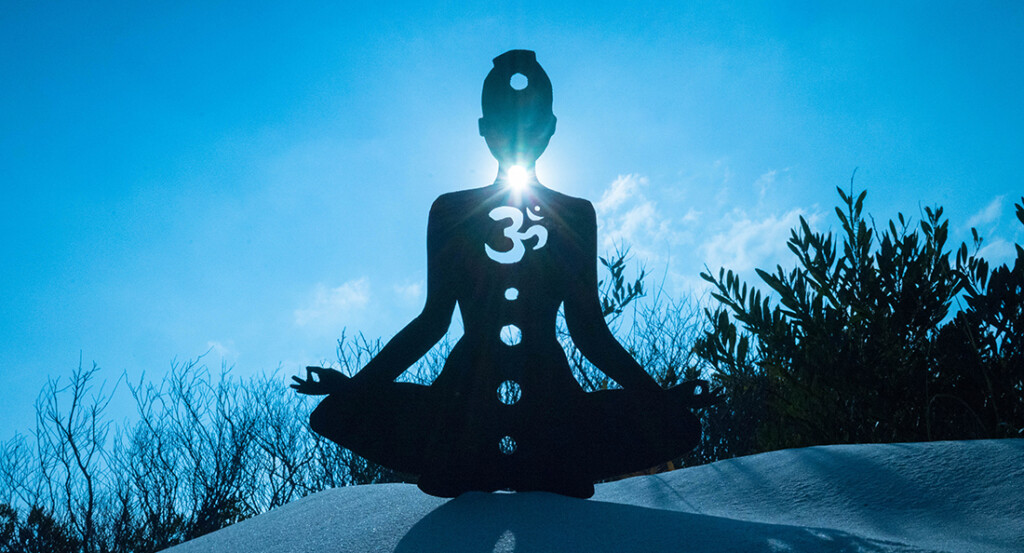
6. Ajna – Third Eye Chakra
Ajna, or the Third Eye Chakra, is between the eyebrows and is a crucial element of intuition, perception, and spiritual awareness. The indigo colour of this chakra represents inner wisdom and insight, and achieving balance in the Third Eye Chakra can significantly enhance human ability to trust their intuition, cultivate mindfulness, and connect with their higher self. Meditation, visualisation, and time in nature help activate and balance this chakra.
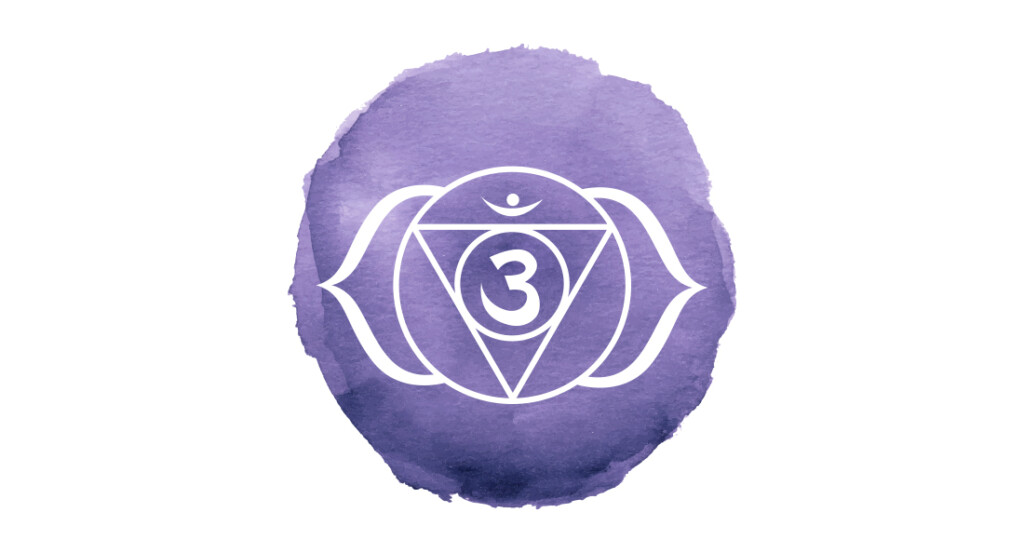
7. Sahasrara – Crown Chakra
Sahasrara, or the Crown Chakra, is situated on the head and embodies spiritual connection, consciousness, and enlightenment as its hue is either violet or white, which signifies purity and spiritual awakening. A centralised and harmonious Crown Chakra lets people feel unified with the universe, gain profound spiritual understanding, and establish a bond with higher levels of consciousness. It requires continuous meditation, prayers, and spiritual practice and beliefs.
The activation of the seven chakras is a transformative journey towards self-realisation and growth, and people who work to balance and align their energy centres can unlock a plethora of benefits that improve their physical and emotional well-being, spiritual connection, and creativity. This holistic approach to achieving harmony and balance within oneself and the world around them is a profound experience that is worth embracing.
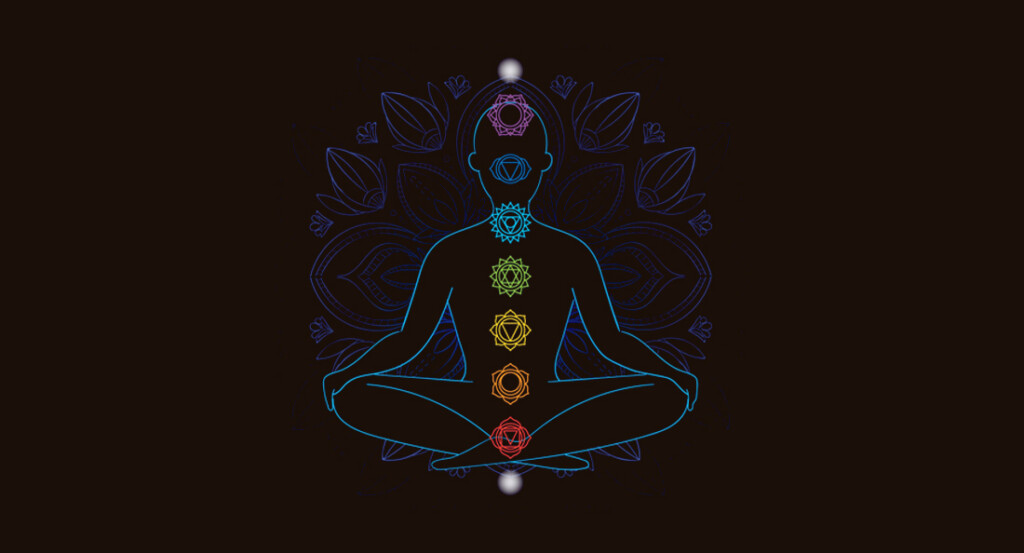
Significance and Benefits:
There is a belief that balancing and aligning the chakras can lead to various positive outcomes, such as improved physical health, emotional stability, mental clarity, and spiritual growth, and people who incorporate this often employ methods like meditation, yoga, breathwork, and other techniques to stimulate and balance their chakras. When the chakras are in sync and centralised, people may feel a sense of inner peace, well-being, and a stronger connection to the universe.
Spiritual Context: The chakra system is a roadmap for self-discovery, personal growth, and spiritual evolution in various spiritual philosophies such as Hinduism, Buddhism, and New Age practices. Many believe that the balanced flow of energy is essential and that the activation of the seven chakras is not simply an esoteric practice but rather a transformative journey of self-discovery and growth in the course of spiritual pursuit. When people strive to balance their energy centres as they can unlock a range of benefits that encompass every aspect of their lives, activating these chakras offers a holistic approach to achieving harmony and balance within oneself and the world around them, from physical vitality and emotional well-being to spiritual connection and enhanced creativity. People can achieve harmony and balance within themselves and the world around them, leading to profound benefits that await on the path to chakra activation.
